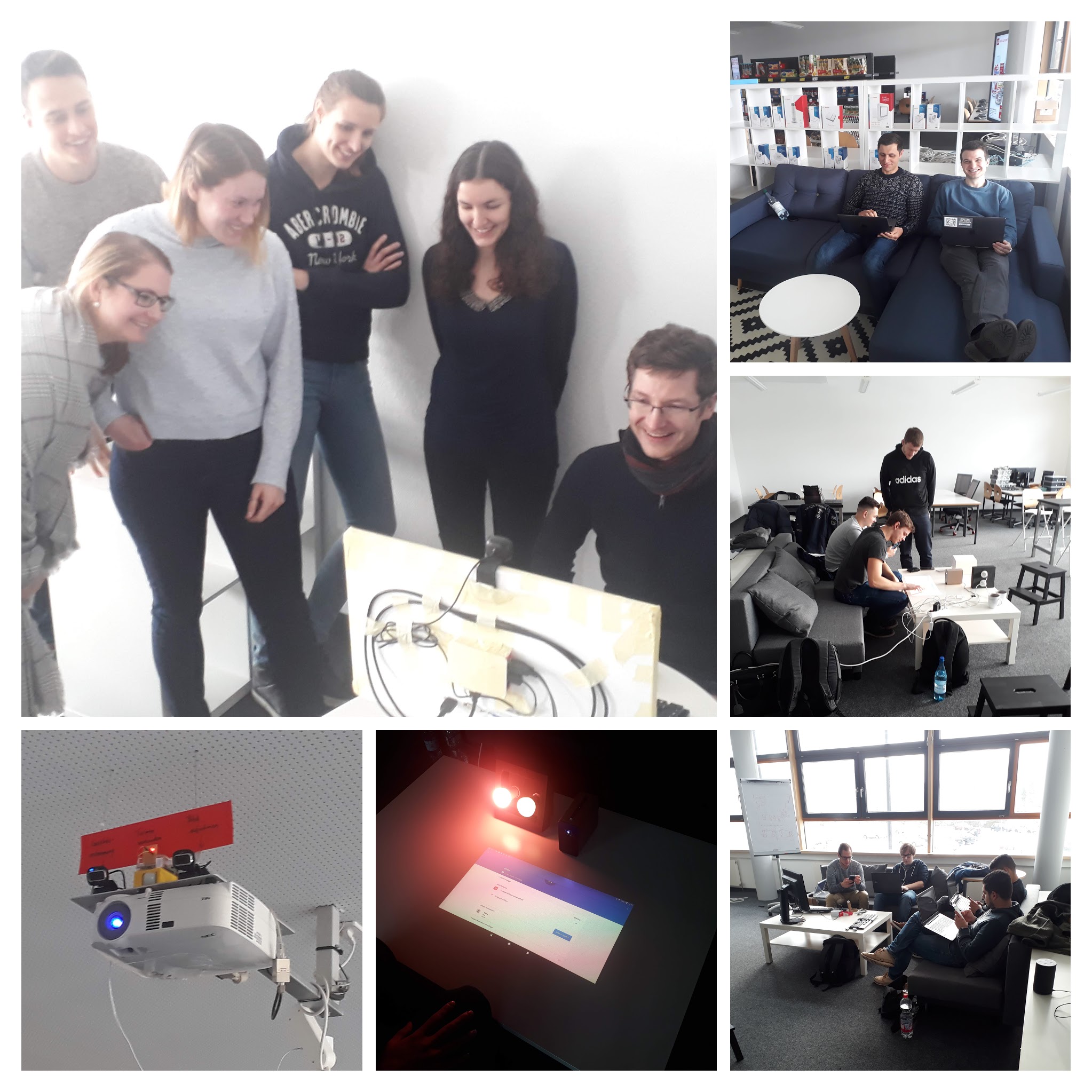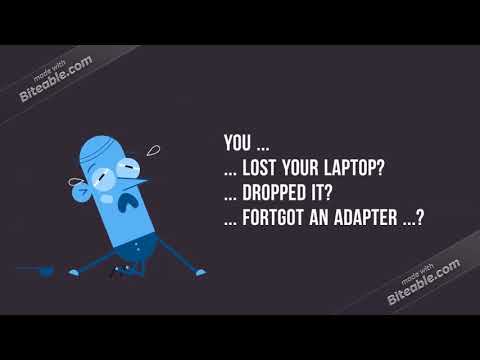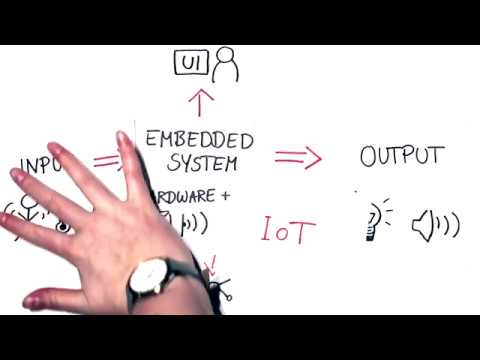Regular readers of this blog have probably noted that I organize Internet of Things (IoT) hackathons for two masters programs - Digital Business Management (DBM) and Services Computing (SCM).
The DBM hackathon is more focussed on demonstrating abstracts IoT concepts, while the SCM hackathon emphasizes the IoT engineering principles. This winter term both hackathons took place in conjunction, where this distingusihing property can be clearly observed. The teams presented their results on January 29, 2019.
Video of a SCM hackathon project
Video of a DBM hackathon project
What is common?
Both programs educate students on master’s level. Students attend their program specific IoT lecture before they proceed with their hackathon project. The IoT lecture teaches and exercises fundamental IoT concepts, design principles as well as technologies. Overall, both programms cover the IoT based digital business and transformation.
What is different?
Put simply: each program attracts different types of students.
- The DBM program is more interesting for students prefering the creation of novel digital business concepts and who want to utilize the correspondig designs and ideation methods.
- The SCM program emphasizes the engineering of the digital business. It attracts students who want to know and apply the IT based construction methods of the digital business in order to build concrete end-to-end solutions.
Comparing Hackathons Projects
All hackathon projects organize themselves around the living lab process. This process structures the activities of innovating an IoT application and its development. A living lab denotes an environment where one can do both, utilizing IoT service implementations in (close-to) real-world situations as well as studying those services under controlled conditions similar to a laboratory.
| DBM Projects | SCM Projects | |
|---|---|---|
| Research questions | How can IoT improve or create novel digital services? How can we systematically approach such ideas and identify value and benefit before it is actually built? | How does a novel IoT service behave end-to-end in the real world? Is the envisioned benefit achieved for the user? |
| Activity | Work along the living lab process and study appropriate IoT concepts | Create and study the living lab IoT service implementations |
| Results | validated IoT service ideas | IoT service implementations operating 24/7 in the living lab |
Current Hackathon Topics
The DBM projects demonstrate the concept of embedding. With IoT embedding real-world activities are electronically sensed and seamlessly update electronic information systems.
The SCM projects design and build IoT services for an improved learning and teaching experience. These services become part of our Smart Environment lecture room. It is living lab where we study and research IoT supporting and improving teaching and learning activities in day-long lectures for our working professionals.

Call to Action
Check out the all team presentations and other resources
IoT Services for an Improved Learning and Teaching Experience
These are project documentation wikis of the Services Computing students. These are end-2-end engineered prototypes for our Smart Environment Living Lab.
- Interactive Group Space improves learning experiences
- Embedded Course Evaluation System makes it easy to acquire teaching evaluation fine-granular and more often
- NFComfort gets rid of cables and display settings when doing presentations
- Social Reporter tells automatically stories on current lecture activities on social media
- Smart Kapp Interactive Whiteboard automatically documents the history of whiteboard sketches as electronic documents
Demonstrating the concept of Embedding
These are project documentation wikis of the Digital Business Management students demonstrating the concept of embedding. They work along the living lab process.
- 9to5connect illustrates how IoT concepts may form IoT services for typical meeting activities
- JustSmile let you apply natural expressive feedback when doing routines tasks
- Apiano combines seamlessly payment and feedback in a restaurant

